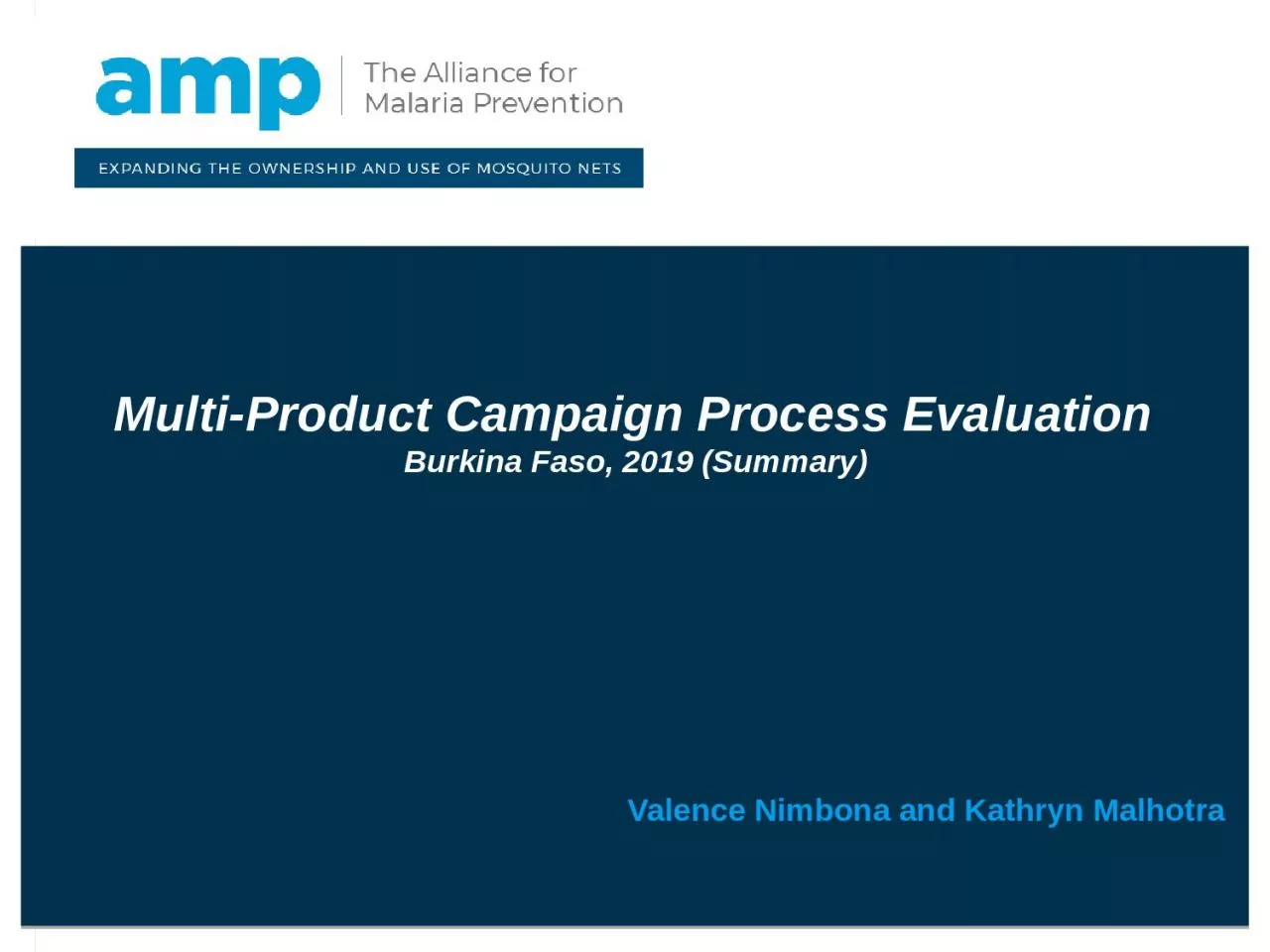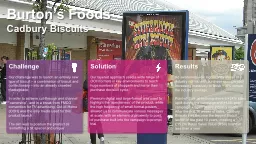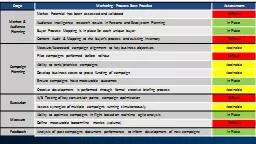PPT-Multi-Product Campaign Process Evaluation
Author : belinda | Published Date : 2022-07-26
Burkina Faso 2019 Summary Valence Nimbona and Kathryn Malhotra Campaign context Nouna Tougan Banfora Gaoua Standard LLINs PBO ITNs G2 ITNs Orodara Pilot study
Presentation Embed Code
Download Presentation
Download Presentation The PPT/PDF document "Multi-Product Campaign Process Evaluatio..." is the property of its rightful owner. Permission is granted to download and print the materials on this website for personal, non-commercial use only, and to display it on your personal computer provided you do not modify the materials and that you retain all copyright notices contained in the materials. By downloading content from our website, you accept the terms of this agreement.
Multi-Product Campaign Process Evaluation: Transcript
Download Rules Of Document
"Multi-Product Campaign Process Evaluation"The content belongs to its owner. You may download and print it for personal use, without modification, and keep all copyright notices. By downloading, you agree to these terms.
Related Documents














